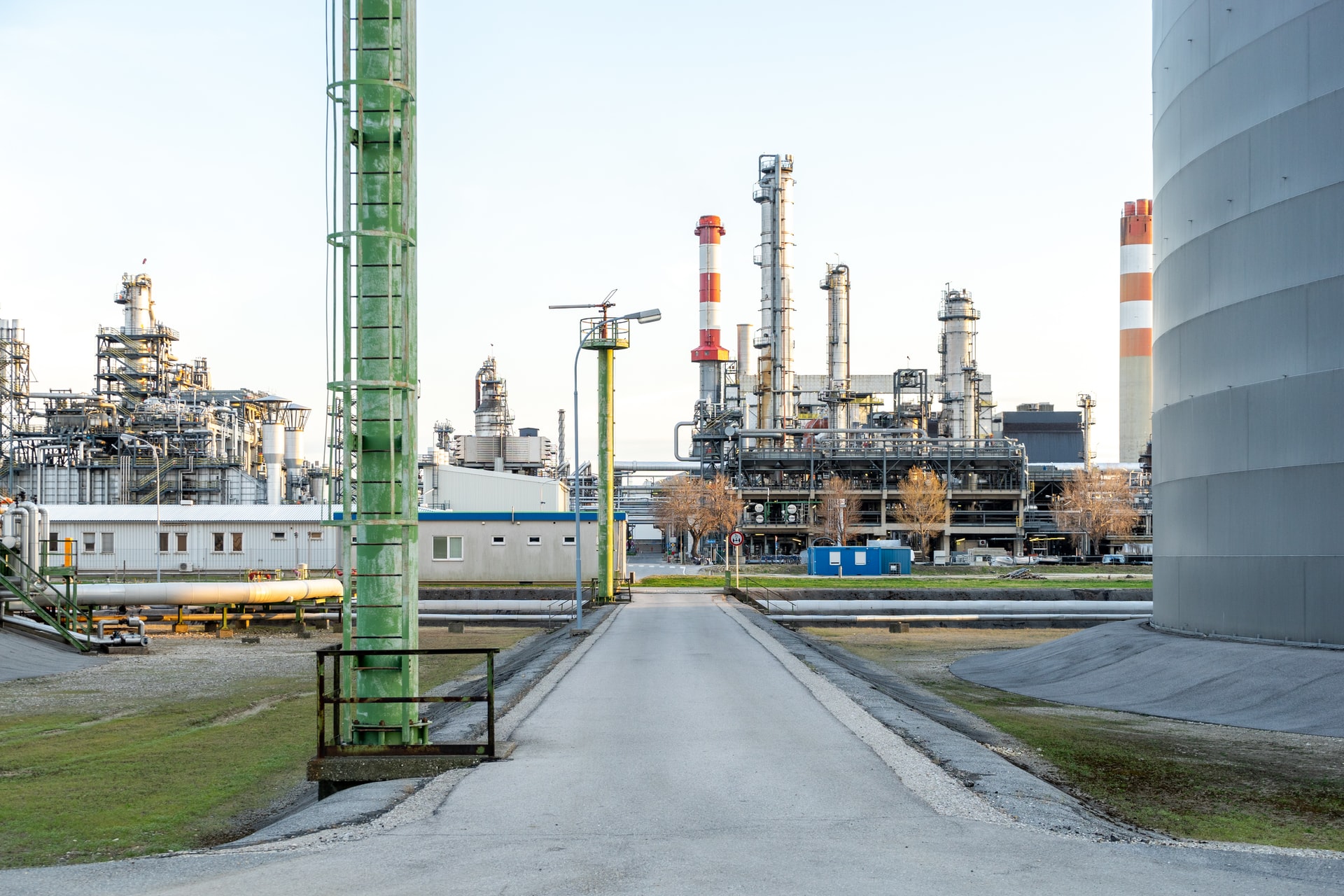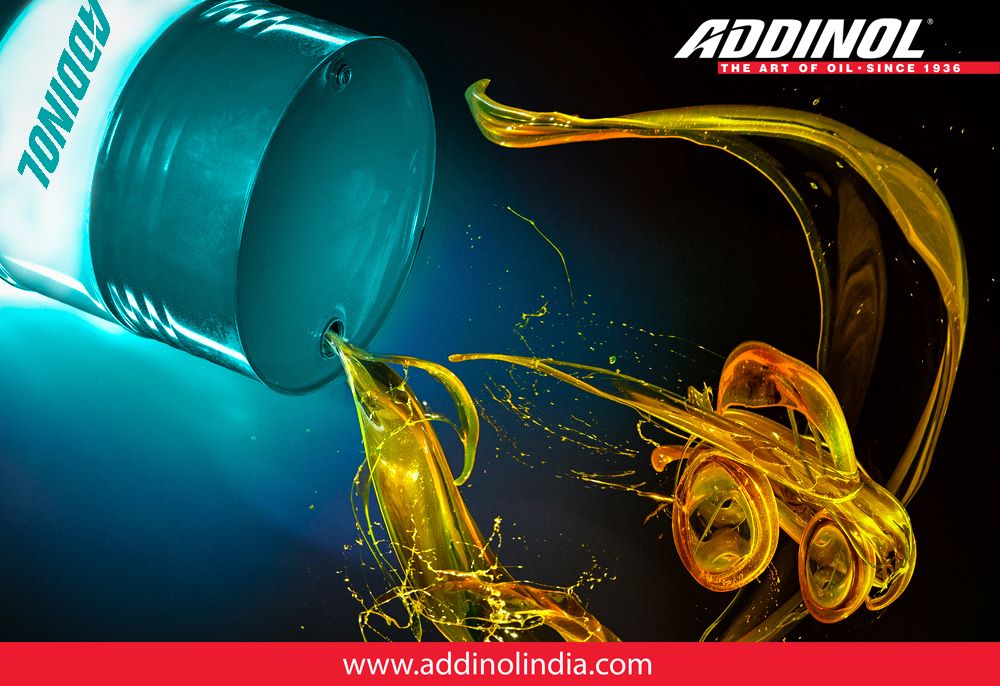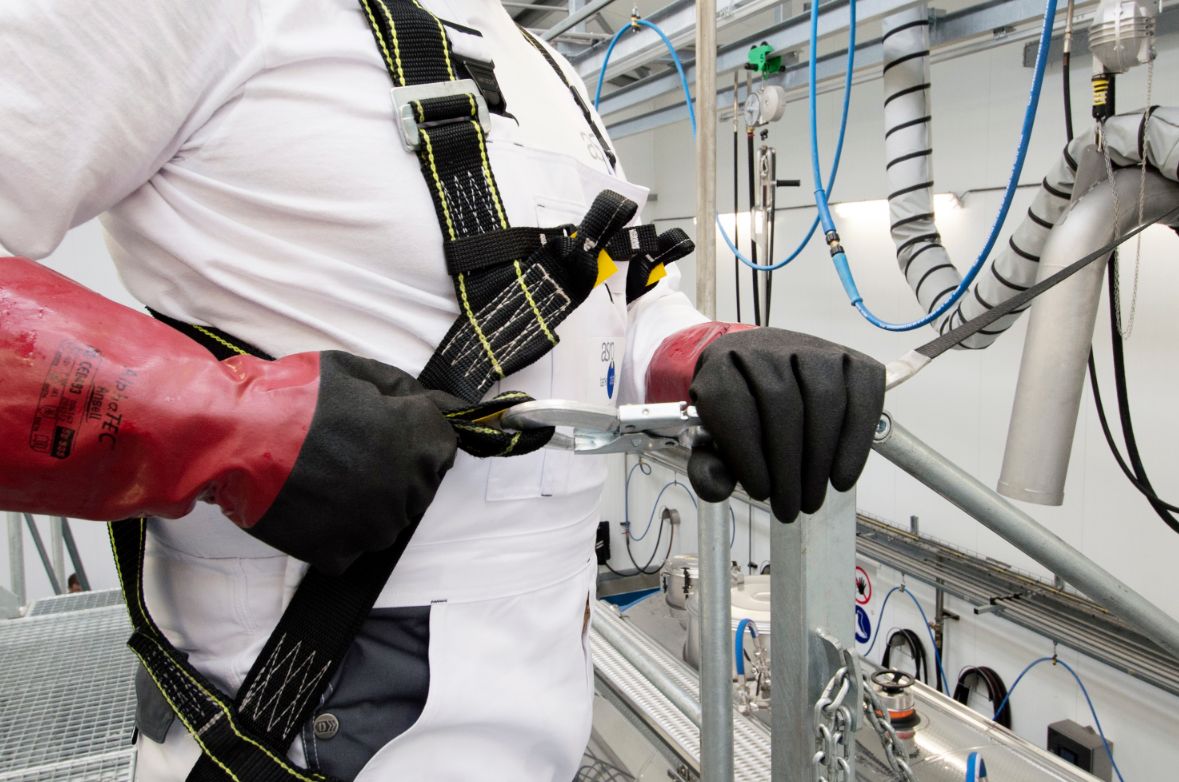The oil inside lubricated screw compressors does more than only preserve the internal bearing surfaces from wear. Because compressor oils in India differ from the lubricant used in other machines, it’s advisable not to extend your compressor’s maintenance intervals and limit oil changes, especially in hot weather. We’ll use the term “oil” loosely for the purposes of this blog… The lubricant used in compressors isn’t always oil in the usual sense.
According to the producer of high performance lubricants in India, Addinol India, other machines use internal seals to keep the lubricant from coming into touch with impurities like water, dirt, or gas. The lubricant comes into direct contact with the compressor inlet air and compressed air in a lubricated screw compressor.When air is compressed, the trapped water vapor is squeezed out of the air, resulting in free water that the oil picks up. As the molecules are pushed together, dust from the air comes out as well. These pollutants are carried by compressor oil to an oil sump, oil filter, and cooler. The water vapor is driven out by the heat from the compression process, while other impurities are removed by the filtering system. Antioxidants are included in the oil to help prevent the lubricating characteristics from deteriorating owing to internal circumstances.
The lubricant helps the compression process by sealing the spaces between the screw parts inside the compressor. The lubricant absorbs the heat generated by air compression and transports it to the compressor lubricant cooler. The heat and oxygen in compressed air tear down the characteristics of the lubricant in this process, causing excessive ageing if the heat level is high. Compressor oil that has lost its characteristics causes excessive bearing wear and creates a varnish on the internals of the compressors, limiting heat exchanger performance and raising the lubricant to unacceptably high levels, causing even more damage.
Consult the best lubricant manufacturers of India
If you’re worried about how much money frequent oil changes are costing you, test your oil; all compressor manufacturers provide lubricant analysis. It’s not a good idea to go beyond the manufacturer’s suggestion for lubrication changes, especially in hot, humid weather, because compressor failure can be costly.





